
This breed was popularized by the Disney animated film 101 Dalmatians. Some people may not know this, but Dalmatians are actually born white, and don’t develop spots until they get older. Some dog enthusiasts argue that the Dalmatian may be related to the Pointer breed, because of the former’s likeness to the latter’s clean lines. Its coat is short, with spots that come in black, liver, dark blue, or even lemon. The solid white variety is highly discouraged in dog shows. Its nose also comes in different varieties of color, such as black, brown, dark gray, or even blue. The Dalmation also has soft ears that have an upward curve.
Life Expectancy:
10-12 years
Energy Level:
High energy and restless.
Living Conditions:
Not good for apartments. Sensitive to cold temperatures.
Barking:
Average.
Exercise Needs:
Needs to stay active throughout day.
Breed Group:
Non-sporting.
Size:
Medium
Height:
20-24 inches
Weight:
45-60 pounds
Standard Hair Colors:
The spots on this breed comes in a variety of colors, namely black, brown (also
known as liver), lemon, and dark blue. There are also tri-color, brindled,
sable, and solid white varieties.
National breed club:
The Dalmatian Club of America
The Dalmatian is probably one of the oldest breeds in dog history, as its existence can be traced back to Egyptian bas reliefs, and even Hellenic friezes. However, there are some who argue that the Bengal Pointer, a dog that has a lot of similarities to the Dalmation has been known to exist in the 1700s, making others conclude that the Dalmatian could have Yugoslavian origins. However, in 1993, the FCI recognize this breed as having Croatian origins. As mentioned earlier, it was bred to run alongside carriages, but before that, it was meant to function as a hound. Aside from this, the Dalmation has become a symbol of a variety of functions. It has acted as a mascot for firemen, as shepherd dog, guard dog, vermin hunter, circus performer, and even a war sentinel. But today, it is more popular as one of man’s best companions.
These dogs are the restless types; they hate having nothing to do. That’s because they were bred to run alongside horse-drawn carriages in the olden times. They have a high energy level, and a high stamina level as well. They make for perfect best friends for man, as they are highly loyal, sensitive, and very playful. Dalmatians need constant attention and care, as they tend to get depressed when no one is around to shower them with affection. They are also one of the few breeds with great memory. In fact, Dalmations can remember a single case of bad treatment for a long period of time. Take care not to mix them with another male, as they can get pretty aggressive. They can be trained, but will require a lot of patience from the trainer. If trained well, they can become reliable watchdogs or guard dogs.
To prevent a Dalmatian’s destructiveness, you must make sure that your pet gets enough daily exercise.
These dogs are not meant for apartment living, unless you can always make time to take it for a walk or for a run in the park. Also, being in a small area might cause some trouble, because they can be pretty active both indoors and out. However, you should remember never to leave this dog out in the cold at night.
XXXXXXXX
Most puppies, up to 10-12% get affected by deafness, that’s why most Dalmatian puppies should be BAER-tested for early detection. This breed can also develop urinary stones and even skin allergies. Dalmatians also have a high rate of uric acid than most breeds, which can cause urinary blockage, which is why a low-protein diet is recommended for this breed.
...you may also like the American Eskimo
Dog, also known as the Spitz. While
it differs from the Dalmatian in that it has a long furry coat, this breed
is also highly active and very affectionate.
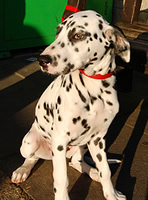
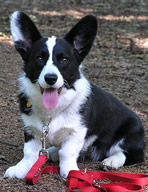 Cardigan Welsh Corgis: A guide to dogs and puppies of the Cardigan Welsh Corgi breed
The Cardigan Welsh Corgi!
The Cardigan Welsh Corgi is not a
Cardigan Welsh Corgis: A guide to dogs and puppies of the Cardigan Welsh Corgi breed
The Cardigan Welsh Corgi!
The Cardigan Welsh Corgi is not a
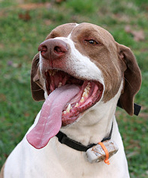 Pointers: A guide to dogs and puppies of the Pointer breed
The Pointer!
The Pointer, also known as the English Pointer
Pointers: A guide to dogs and puppies of the Pointer breed
The Pointer!
The Pointer, also known as the English Pointer
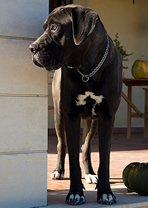 Cane Corsos: A guide to dogs and puppies of the Cane Corso breed
The Cane Corso!
The Cane Corso (also referred to as the Ita
Cane Corsos: A guide to dogs and puppies of the Cane Corso breed
The Cane Corso!
The Cane Corso (also referred to as the Ita
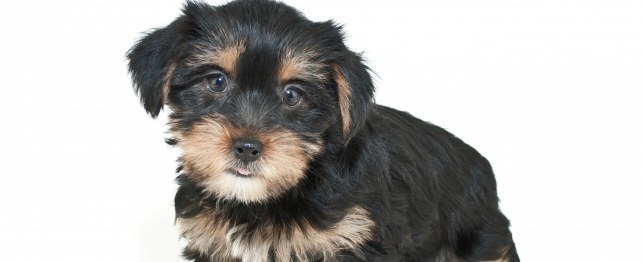 Morkie: Choosing a Morkie
Morkie: Choosing a Morkie
Morkie: Choosing a Morkie
Morkie: Choosing a Morkie
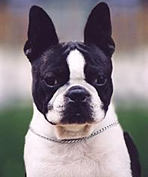 Boston Terriers: A guide to dogs and puppies of the Boston Terrier breed
The Boston Terrier!
The Boston Terrier, a native American b
Boston Terriers: A guide to dogs and puppies of the Boston Terrier breed
The Boston Terrier!
The Boston Terrier, a native American b
Copyright © 2005-2016 Pet Information All Rights Reserved
Contact us: www162date@outlook.com